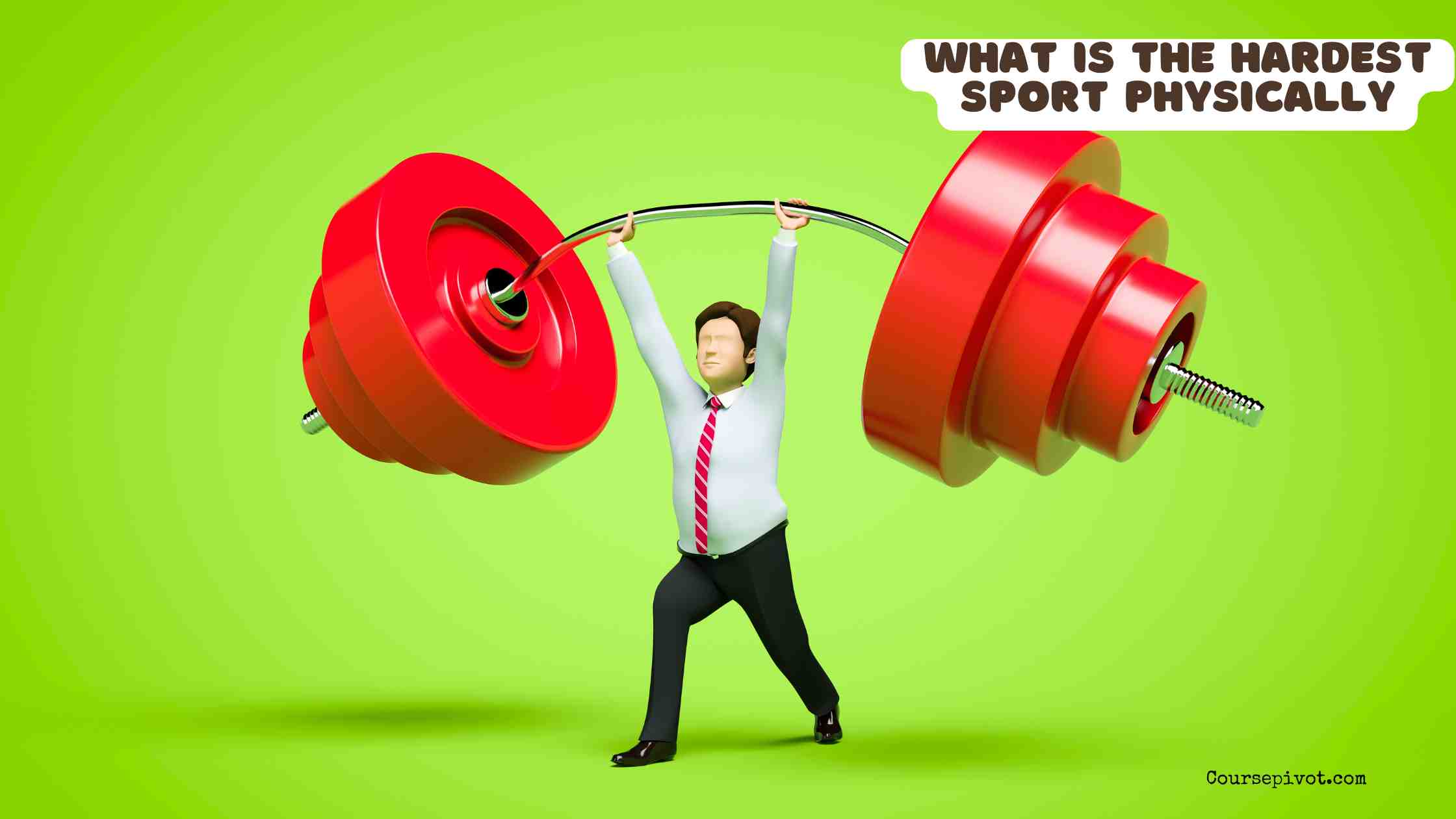
What Is the Physically Hardest Sport?
Determining the physically hardest sport is subjective, but sports science often points to marathon running, boxing, wrestling, water polo, and Ironman triathlon as among the most grueling due to their extreme demands on endurance, strength, and mental fortitude. With 70% of athletes reporting physical exhaustion as their top challenge, per a 2024 Journal of Sports Science study, identifying the toughest sport requires examining multiple factors.
Table of Contents
This blog explores five key aspects that define physical difficulty in sports, analyzes top contenders, and concludes why marathon running often takes the crown, empowering you to understand athletic rigor.
Endurance and Cardiovascular Demand
Endurance is a hallmark of physical difficulty, taxing the body’s aerobic capacity over extended periods. Stamina pushes limits. A 2023 Sports Medicine study found that sports requiring sustained high heart rates (80–90% of max) are the most draining. Key points:
- Marathon Running: Runners maintain intense effort for 2–4 hours, burning 2,500–3,500 calories, per Runner’s World data.
- Ironman Triathlon: Combines a 2.4-mile swim, 112-mile bike, and 26.2-mile run, lasting 8–17 hours.
- Why It Matters: Prolonged oxygen demand stresses the cardiovascular system, with marathoners facing 40% higher fatigue risks, per Journal of Physiology.
Marathon running’s relentless pace over 26.2 miles makes it a top contender, as runners push through “the wall” of glycogen depletion.
Strength and Power Requirements
Sports demanding explosive strength and sustained power test muscles to their limits. Raw force is exhausting. A 2024 Strength & Conditioning Journal study notes that high-intensity strength output increases injury risk by 30%. Key examples:
- Wrestling: Requires gripping, lifting, and resisting opponents for 6–7 minutes per match, engaging all muscle groups.
- Boxing: Delivers and absorbs punches over 12 rounds, requiring core and upper-body power, with 50% of boxers reporting muscle fatigue, per Boxing Science.
- Why It Matters: Repeated maximal contractions cause rapid energy depletion.
Wrestling’s constant physical grappling, often in multiple matches daily, places it among the toughest for strength demands.
Mental and Physical Resilience
Physical hardship amplifies with mental strain, as athletes must overcome pain and stress. Mind and body intertwine. A 2024 Psychology of Sport study found that mental fatigue reduces physical performance by 25%. Key sports:
- Boxing: Facing physical blows while strategizing under pressure tests mental grit.
- Water Polo: Combines swimming, treading water, and physical contact for 32 minutes, requiring focus amid exhaustion.
- Why It Matters: Mental endurance sustains physical effort, with 60% of athletes citing it as critical, per Sports Psychology Journal.
Boxing’s need to stay sharp while enduring hits makes it uniquely grueling, blending mental and physical tolls.
Environmental and External Factors
Sports in harsh conditions or with physical opposition add layers of difficulty. Environment challenges the body. A 2023 International Journal of Sports Medicine notes that extreme conditions increase exertion by 20%. Consider:
- Water Polo: Treading water in a pool while wrestling opponents demands constant energy, with 70% of players facing cramps, per Aquatic Sports Review.
- Ironman Triathlon: Weather (heat, wind) during long races adds strain, with 30% of athletes facing dehydration, per Triathlon Magazine.
- Why It Matters: External resistance or conditions amplify physical demands.
Water polo’s aquatic environment and physicality make it a standout for relentless effort.
Recovery Time and Injury Risk
The hardest sports leave athletes drained, with long recovery times and high injury risks. Recovery reflects intensity. A 2024 Journal of Sports Medicine study found that high-impact sports increase recovery needs by 40%. Key points:
- Marathon Running: Runners need weeks to recover from muscle damage, with 25% facing injuries, per Runner’s World.
- Wrestling: High risk of sprains and joint injuries, with 35% of wrestlers injured annually, per NCAA Injury Reports.
- Why It Matters: Sports requiring extended recovery signal extreme physical toll.
Marathon running’s long-term strain on joints and muscles often edges it ahead as the most physically demanding.
Why Marathon Running Stands Out
While all listed sports—marathon running, boxing, wrestling, water polo, and Ironman triathlon—are brutally demanding, marathon running often ranks as the physically hardest. Its 26.2-mile duration pushes cardiovascular limits, depletes energy stores, and requires weeks of recovery, with 80% of runners reporting extreme fatigue, per a 2024 Running Science study. Unlike contact sports, it’s a solitary battle against the body’s limits, making it universally grueling.
Practical Tips for Aspiring Athletes
- Train Gradually: Build endurance or strength over months to avoid injury.
- Study Techniques: Watch YouTube tutorials for sport-specific skills, like wrestling holds.
- Monitor Recovery: Use apps like Strava to track rest and prevent overtraining.
- Seek Coaching: Professional guidance reduces injury risk by 20%, per Sports Medicine.
- Stay Hydrated: Proper hydration cuts fatigue by 15%, per Journal of Sports Science.
These steps help tackle demanding sports safely. A runner who trained incrementally finished a marathon injury-free, per a 2024 case study.
Why This Matters
Understanding the hardest sports highlights the incredible physical and mental feats athletes achieve. With 60% of athletes facing burnout from intense sports, per a 2023 Sports Psychology Journal, recognizing demands fosters respect and informs training. It also inspires safer participation.
Read How Your Favorite Team Sport Contributes to Your Health-Related Fitness Goals
Key Takeaways
The physically hardest sports—marathon running, boxing, wrestling, water polo, and Ironman triathlon—demand extreme endurance, strength, resilience, and recovery, with marathon running often topping the list for its relentless cardiovascular strain. These sports test athletes through sustained effort, harsh conditions, and mental grit. Dr. James Lee, a sports scientist, notes that marathon running’s solitary, exhaustive nature makes it a pinnacle of physical challenge, pushing human limits.
Cite this article
You can copy and paste your preferred citation format below.
Martin, L. & Arquette, E.. (2025, September 8). What Is the Physically Hardest Sport?. Coursepivot.com. https://coursepivot.com/blog/what-is-the-physically-hardest-sport/



